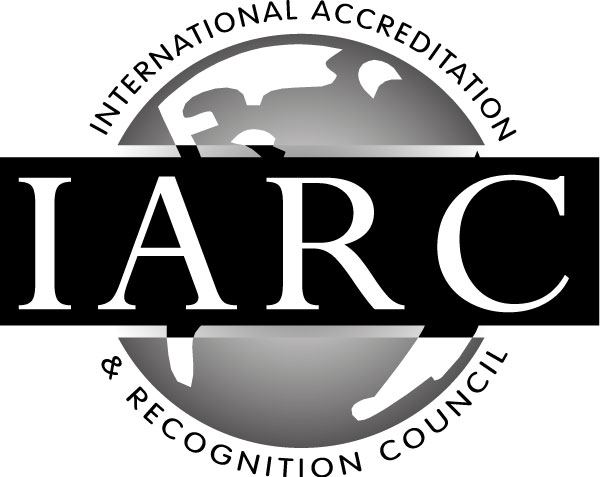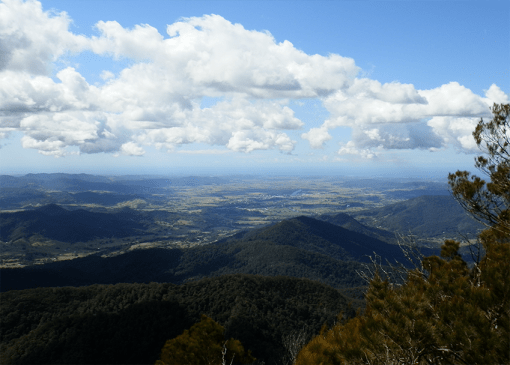GET YOUR FREE INFO PACK










Why study this Permaculture A (Introduction) course?
Interested in permaculture? Want to gain a deep foundation in working with the environment? Then, this Introductory Permaculture Course will help you!
Course Aims:
- Discuss the nature and scope of Permaculture.
- Apply an understanding of environmental systems to considerations given to how a Permaculture system is designed.
- Describe soils and the impact their characteristics have upon natural and man made environments.
- Explain the application of this knowledge to Permaculture.
- Describe characteristics of climate and water, and the impact their characteristics have upon natural and man made environments.
- Explain the application of this knowledge to Permaculture.
- Describe forest systems and their relevance to Permaculture design.
Lesson Structure
1. Permaculture Concepts
- Life Ethics
- Permaculture Defined
- Guiding Principles -relatve location, multiple functions and elements, elevational planning, energy recycling, etc.
- Ideas and Techniques from around the world
- Natural Gardening
- Organic growing
- No dig gardening
- Crop rotation
- Biological control of pest and disease
- Integrated pest management
- Living things vary from place to place
- Understanding plant names
- An easier way to identify plants
- Pronunciation of plant names
2. Understanding the Environment is Key to Permaculture Design
- Introduction
- Ecology
- Ecosystems
- Abiotic Components
- Biotic Components
- Ecological concepts
- The Web of Life
- Replicating Nature
- Successions
- Starting a Permaculture Property
- Cost, Location, Size
- Information required
- Structure of a Permaculture System
- Choosing a Site
- Permaculture Design
3. Soils in Permaculture
- The Role of Soil
- Soil Components -gravel sand, silt, colloids
- Peds
- Naming a Soil
- Soil Management
- Cycles
- Fertilizer Application
- Nitrogen
- Factors Affecting Nitrogen Release from Organic Sources
- Microorganism population
- Heat and chemical treatment
- pH
- Soil temperature
- Cultivation and Cover Crops
- Drainage and Erosion
- How to Measure Soil pH
- How to Measure Organic Content of Soil
- How to Measure Water Content of Soil
- Determining Solubility of Soils
- How to Test the Affect of Lime on Soil
- Taking Soil Samples for Laboratory Tests
- Measuring Salinity
- Colourimetry
4. Climate and Water in Permaculture
- Site Types
- Degree Days
- The Hydrological Cycle
- Infiltration
- Rainfall
- Evapouration
- Effective Rainfall
- Temperature
- Frosts
- Extreme Hazards
- Permaculture Microclimates
- The Greenhouse Effect
- Water and Plant Growth
- Climatic Influence on Production
- Frosts
- Climate Considerations for Fruit and Vegetable Production
- Climatic Zones
- Humans and Water
- Minimising Plant Requirements
- Household Water
- Xeriscaping
- Interpreting Weather Reports and Predictions
- Precipitation
- Wind
- Weather Maps
- Weather Map Patterns
- Interrelationships between Climate, Soil and Plants
- Estimating Water Requirements of Plants
- Ways to Improve Water Quality, from any Source
- Water Impurities – sediment, impurities, colour, chemical impurities
- Water Hardness
- Alkalinity
- Corrosion
- pH
- Iron
- Salinity
- Tastes and Odours in Water
- Biological Impurities in Water -algae, bacteria
- Other Water Chemistry Factors -dissolved gasses, nitrogen cycle
- Fish for Ponds
- Other Animals in Water
5. Forest Systems
- Biomass
- Components of Biomass
- Plant Associations
- Pinus Monoculture
- Eucalyptus Association
- Deciduous Forest
- Alpine Communities
- Myrtaceae Plants
- Australian Legumes
- Rockeries
- Rain forest Systems
- Wind, Light and Rain in Forests
- Forest Productivity – fuel, food, forage, shelter belt, structural, conservation
- Establishment of a Forest
- Creating a Rain forest
- Maintenance and Upkeep of Forests
- Plant Application -trees, shrubs, ground covers
- A review of how to grow a variety of different plants for Permaculture
Enrol Now
- Experienced Tutor support
- Certificate sent to you
- Online study (Printed notes available)
- Self paced - no set timetable
- 12 months to complete course
From: $25.00 / week for 26 weeks
Get a Free Info Pack!











